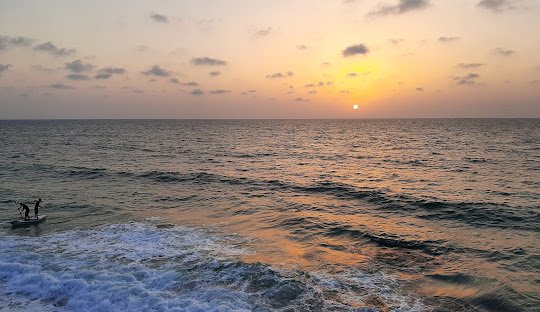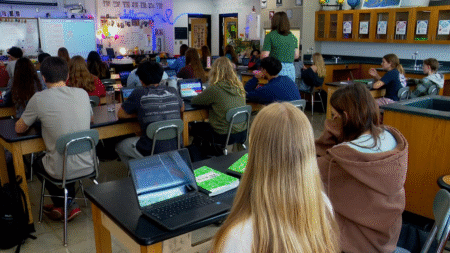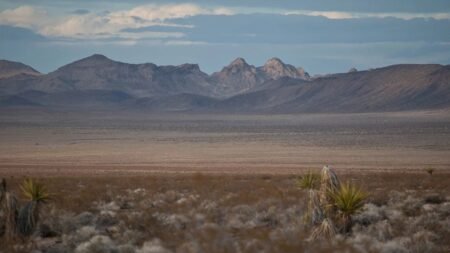Deir al-Balah, a city located in the central Gaza Strip, holds both historical importance and a tragic present. The name Deir al-Balah means “Monastery of the Date Palm” in Arabic, a reference to the area’s ancient Christian roots and the once-abundant palm trees. It sits along the Mediterranean coast, approximately halfway between Gaza City and Khan Younis, and is part of the larger Deir al-Balah Governorate. Before the current war, the city had a population of around 75,000 to 90,000, while the governorate’s population exceeded 200,000. Over the years, Deir al-Balah has seen moments of growth, but those have been overshadowed by years of conflict and hardship.
The city has archaeological significance, with discoveries of Byzantine mosaics and early Islamic tombs suggesting a rich cultural past. Historians believe that a Christian monastery once stood in the area, which gave the city its name. These remnants of history are now buried beneath the devastation caused by modern warfare. Deir al-Balah is also home to one of Gaza’s many refugee camps, originally established in 1948 after the first Arab-Israeli war. Thousands of Palestinians displaced from their ancestral homes found shelter there. Today, their descendants live in the same crowded camp, facing limited access to clean water, electricity, and employment.
Over the last two decades, Deir al-Balah has been caught in the middle of nearly every major conflict between Israel and Hamas. It suffered damage during the Second Intifada, the 2014 Gaza War, and more recently in the ongoing 2023–2025 conflict. The city has seen an increase in attacks, especially as thousands of displaced Palestinians from the north have moved south, hoping to find safety. But no place in Gaza has proven safe. Recently, an Israeli airstrike hit a main road in Deir al-Balah, killing several civilians. Rescue workers had difficulty reaching the site due to the fear of more airstrikes. The death toll in Gaza continues to rise, and cities like Deir al-Balah are at the heart of the humanitarian crisis.
The economic foundation of the city was once rooted in agriculture, especially date palms, citrus fruits, and olive trees. Local markets and small industries supported families. But today, farmland lies abandoned or destroyed. The movement of goods is restricted, and many people rely entirely on international aid. That aid is also hard to get. Humanitarian convoys rarely reach the area, and when they do, the supplies are not enough for the growing number of displaced and injured people. The United Nations and Red Cross have reported on the lack of food, medical supplies, and clean water in the city.
Deir al-Balah’s hospitals are struggling. Doctors work in overcrowded emergency rooms without enough medicine or electricity. Surgeries are being done without anesthesia. Patients are treated on the floor or sent away due to lack of space. The nearby Shifa Hospital in Gaza City is overwhelmed and cannot take in new patients. Health professionals report that even basic tools are in short supply, and disease is spreading among people living in unsanitary conditions.
Residents of Deir al-Balah live in constant fear. Schools have been turned into shelters. Bombed-out buildings serve as homes. Families mourn lost loved ones while trying to protect the ones still alive. Food is becoming nearly impossible to find, and clean water is scarce. Aid workers say they are scared too, as no place is safe from airstrikes. Parents struggle to calm their children, who often suffer from trauma and show signs of psychological distress.
Despite its ancient roots and resilient population, Deir al-Balah now symbolizes the broader suffering of Gaza. Once known for its palm trees and historical beauty, it now stands as a city in ruins, waiting for peace and the chance to rebuild.







